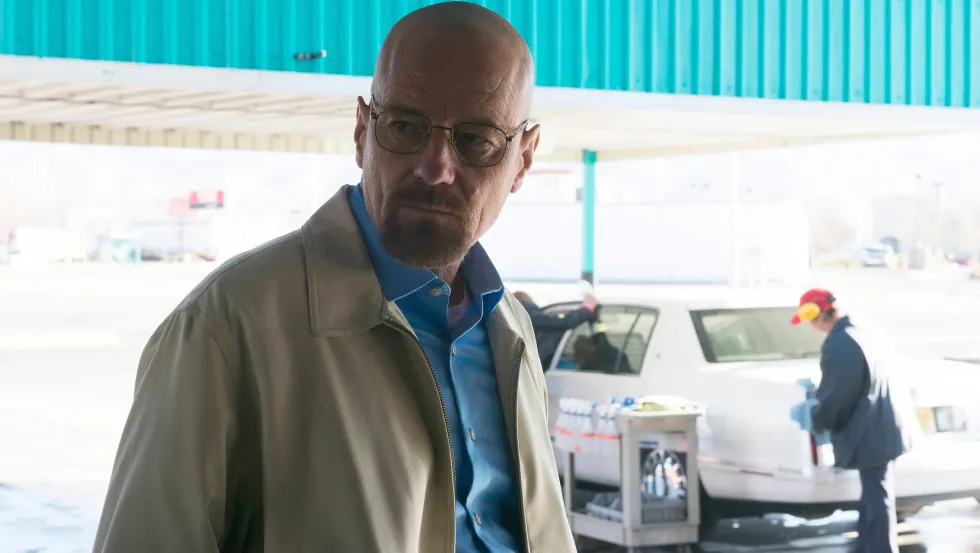Watch: The Daring Visual Geometry of Michelangelo Antonioni
Michelangelo Antonioni was a master of the geometrical frame.

No one captures ennui like Michelangelo Antonioni, whose characters are forever suffering from as-yet-unknown existential crises and urban malaise. To express this visually, the Italian auteur mastered the art of visual geometry.
In all of his films, from L’Avventura to The Passenger to Blowup, Antonioni uses landscapes, cityscapes, and objects such as windows and fences to express his characters' conflicting desires and divisive relationships. A new video essay from Fandor explores how Antonioni often used vertical, diagonal, and converging lines to bisect his frame. When framing three characters in a shot, the director would often position their heads in a triangular composition.
"I have never shot a scene without taking account of what stands behind the actors," Antonioni once said, "because the relationship between people and their surroundings is of prime importance. I want my characters to suggest the background in themselves, even when it is not visible. I want them to be so powerfully realized that we cannot imagine them apart from their physical and social context."
Check out more of Antonioni's uses of visual geometry below.















